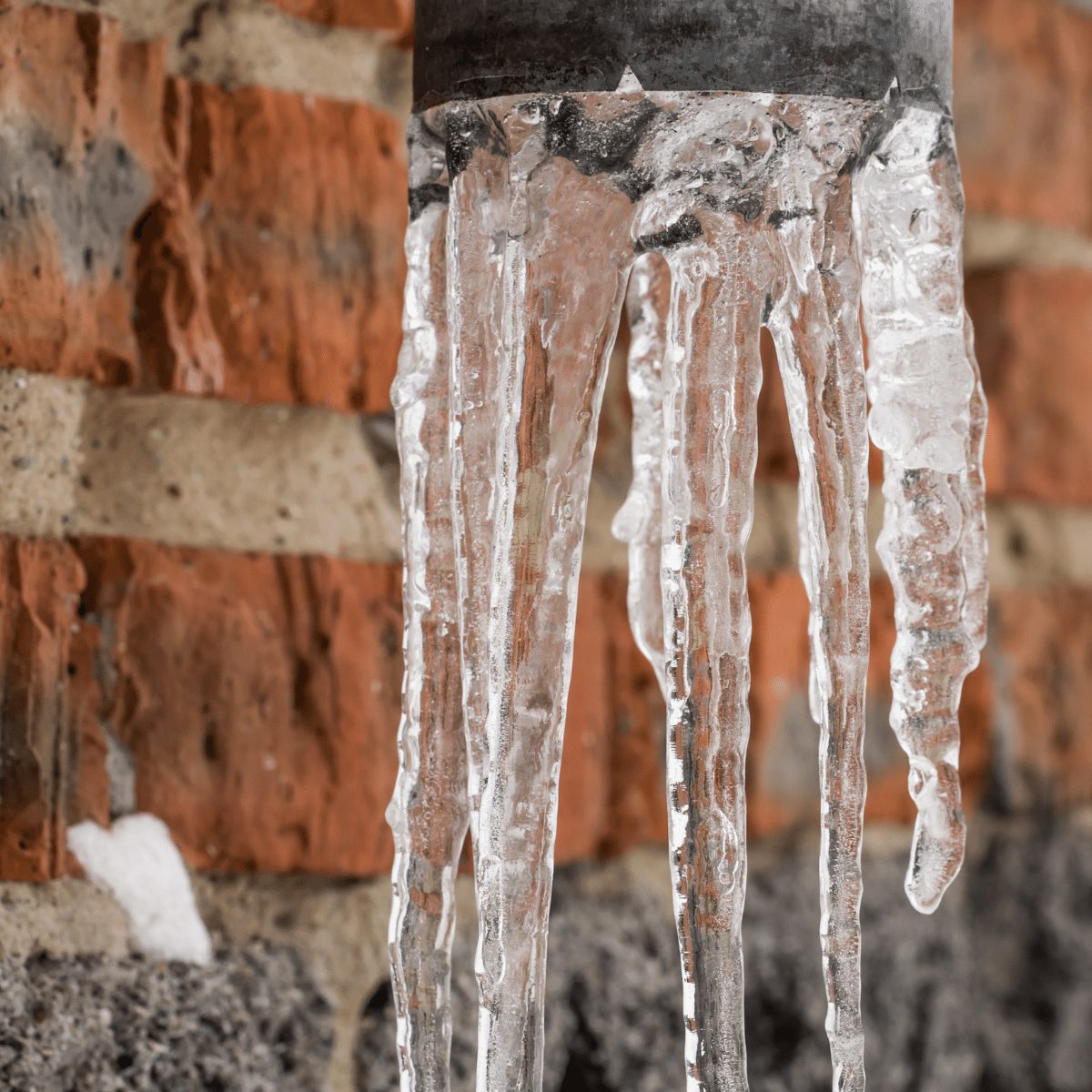Do you find yourself trying to locate advice involving 6 Ways to Prevent Frozen Pipes?

Winter can wreak havoc on your pipes, specifically by freezing pipelines. Below's how to stop it from happening and what to do if it does.
Intro
As temperatures drop, the risk of icy pipes boosts, possibly resulting in costly repair work and water damages. Recognizing just how to prevent icy pipelines is important for homeowners in cool climates.
Understanding Icy Pipes
What causes pipes to freeze?
Pipelines freeze when exposed to temperature levels listed below 32 ° F (0 ° C) for expanded periods. As water inside the pipelines freezes, it broadens, putting pressure on the pipeline walls and possibly triggering them to burst.
Risks and problems
Frozen pipes can result in water supply disruptions, residential or commercial property damages, and expensive repair work. Burst pipes can flooding homes and cause extensive structural damage.
Signs of Frozen Pipes
Recognizing icy pipes early can avoid them from breaking.
Just how to determine icy pipes
Seek reduced water circulation from faucets, unusual odors or noises from pipes, and visible frost on revealed pipes.
Prevention Tips
Insulating susceptible pipelines
Wrap pipes in insulation sleeves or use warmth tape to safeguard them from freezing temperature levels. Concentrate on pipes in unheated or external areas of the home.
Heating strategies
Keep indoor rooms sufficiently heated up, particularly areas with pipes. Open cabinet doors to enable warm air to circulate around pipes under sinks.
Shielding Outside Plumbing
Yard pipes and outdoor taps
Disconnect and drain pipes yard tubes prior to winter season. Set up frost-proof faucets or cover outside faucets with protected caps.
What to Do If Your Pipes Freeze
Immediate actions to take
If you think frozen pipelines, keep taps open to alleviate pressure as the ice thaws. Utilize a hairdryer or towels taken in hot water to thaw pipelines gradually.
Long-Term Solutions
Architectural changes
Take into consideration rerouting pipes away from outside wall surfaces or unheated areas. Add extra insulation to attic rooms, cellars, and crawl spaces.
Upgrading insulation
Buy high-grade insulation for pipes, attic rooms, and walls. Appropriate insulation aids maintain regular temperatures and lowers the risk of frozen pipelines.
Verdict
Avoiding icy pipes needs positive actions and fast responses. By comprehending the causes, indicators, and safety nets, homeowners can protect their plumbing during cold weather.
5 Ways to Prevent Frozen Pipes
Drain Outdoor Faucets and Disconnect Hoses
First, close the shut-off valve that controls the flow of water in the pipe to your outdoor faucet. Then, head outside to disconnect and drain your hose and open the outdoor faucet to allow the water to completely drain out of the line. Turn off the faucet when done. Finally, head back to the shut-off valve and drain the remaining water inside the pipe into a bucket or container. Additionally, if you have a home irrigation system, you should consider hiring an expert to clear the system of water each year.
Insulate Pipes
One of the best and most cost-effective methods for preventing frozen water pipes is to wrap your pipes with insulation. This is especially important for areas in your home that aren’t exposed to heat, such as an attic. We suggest using foam sleeves, which can typically be found at your local hardware store.
Keep Heat Running at 65
Your pipes are located inside your walls, and the temperature there is much colder than the rest of the house. To prevent your pipes from freezing, The Insurance Information Institute suggests that you keep your home heated to at least 65 degrees, even when traveling. You may want to invest in smart devices that can keep an eye on the temperature in your home while you’re away.
Leave Water Dripping
Moving water — even a small trickle — can prevent ice from forming inside your pipes. When freezing temps are imminent, start a drip of water from all faucets that serve exposed pipes. Leaving a few faucets running will also help relieve pressure inside the pipes and help prevent a rupture if the water inside freezes.
Open Cupboard Doors
Warm your kitchen and bathroom pipes by opening cupboards and vanities. You should also leave your interior doors ajar to help warm air circulate evenly throughout your home.

We are very serious about 6 Ways to Prevent Frozen Pipes and I am praying you enjoyed reading our page. Sharing is caring. You won't know, you may be helping someone out. Thank you for taking the time to read it.
Click Here